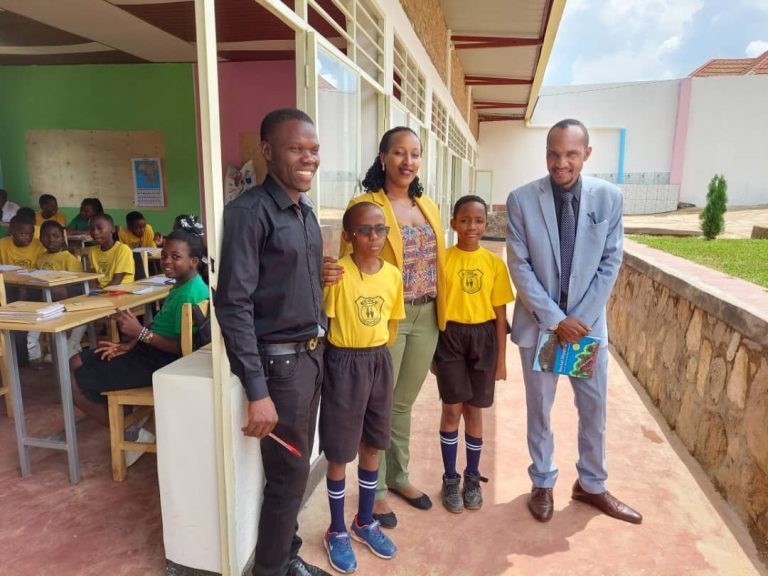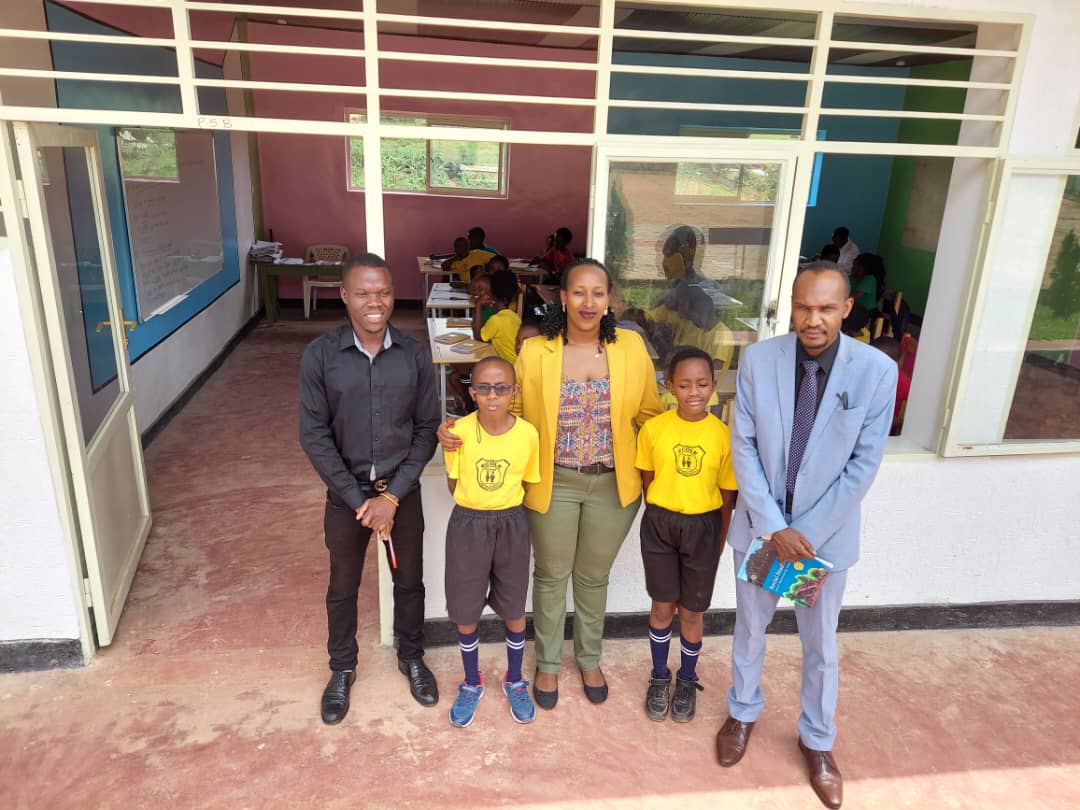
However, the primary section, although currently just up to P5, was reminded about the need for an ‘exit strategy’ to which the response was positive.
“The school is currently advertising for P6 teachers and preparing pupils for the National exams which are usually taken in P6.”
Going back to the Girl Child education (i.e., SDG4), my female colleague undertook a tour with six P5 girls (including the head girl) to discuss matters of feminine hygiene, toilet usage and dealing with puberty — these touch upon SDG3 and SDG5 — and provides some further insights as to why it matters.
Why it Matters — Because everyone counts
According to the National Institute of Statistics of Rwanda (NISR), the current projections show that Rwanda’s population is estimated to continue growing for the rest of the century and reach 21 million by 2050, and 30 million in 2076. Around 70% are youth with 27.6% between the ages of 16 and 30, which underlines the importance for Rwanda to continue to invest in harnessing the demographic dividend. The 2022 Population and Housing Census, the fifth in the series (since the first in 1978) is themed: “Be counted because you count” which translates to “Ibaruze kuko uri uw’agaciro” in Kinyarwanda, to have the data to inform decisions and policies to build the “Rwanda We Want” and the “Africa We Want.”
As captured in the recent United Nations Population Fund (UNFPA) Rwanda Newsletter Issue 3, 2022, “As the world has the prospect of reaching 8 billion people by the end of this year, Rwanda is projected to have a population size of 13 million people in 2022.” This milestone is a moment for celebration. As we celebrate, let us remember what this population growth implies.
“Rwanda We Want” from Germaine to “Germane for the World”
The UNFPA advocates for:
“…measuring and anticipating demographic changes with its emerging opportunities and challenges in addressing maternal mortality, voluntary family planning and addressing gender-based violence often which is below the waterline of visibility.”
The Government of Rwanda has been commended for its strong leadership and commitments made to support Sexual and Reproductive Health and Rights for all and together with partners, including donors, private sector and civil society organizations in achieving the International Conference on Population and Development (ICPD) programme of action.

As my companion, Germaine, recently demonstrated, sexual and reproductive health is “germane” to the mental (psychosocial) development of the “Girl Child” in Africa — and especially as they transition to adolescence, is feminine hygiene. At the ages from 9–12 (the current range at P5), the physical and cognitive skills are important, and hopefully this would provide a platform for the mothers of these girls to be invited to parent evenings to discuss the development of their daughters, as well as the need for open communications between both parties.
“We observed the absence of such communications following interactions with the young girls.”
Quality education as enshrined in SDG4 goes beyond knowing “math” and “English”, it requires psychosocial development, including understanding the biological makeup, improving communications skills, and developing self-confidence alongside leadership skills — thereby leaving no one behind — “Ibaruze kuko uri uw’agaciro”.
The Rwanda We Want, Africa We Want — Some key pointers/ takeaways
1. Opportunities and challenges in addressing maternal mortality, voluntary family planning and addressing gender-based violence requires more visibility.
2. The Government of Rwanda has demonstrated strong leadership commitments in support of sexual and reproductive health for all with a range of partners.
3. Young people form 70% of the population — a demographic dividend — with prospects and challenges.
4. There is a prospect to leverage inclusive development “leaving no one behind,” which is embedded in the National Strategy for Transformation.
5. The updated population data will help inform not only decisions and policies, but also strategic planning, effective implementation, monitoring of interventions and data disaggregation which is crucial in achieving the SDGs.
6. Runda in Kamonyi District is a deprived neighbourhood compared with other districts in Rwanda.
7. Ecole les Rossignol is more than your average school — providing educational services to the local community and employing local workers.
8. Leadership is formed at the grassroots, and universities need to be involved in the education value-chain from primary upwards and onwards — not just secondary school leavers.
9. School visits by stakeholders are educational and can inform targeted policy interventions – in areas of civic duty, leadership and governance, and especially as enshrined in the social studies P5 curriculum.


This is very important.
As we are striving toward quality education, this might serve the reference.